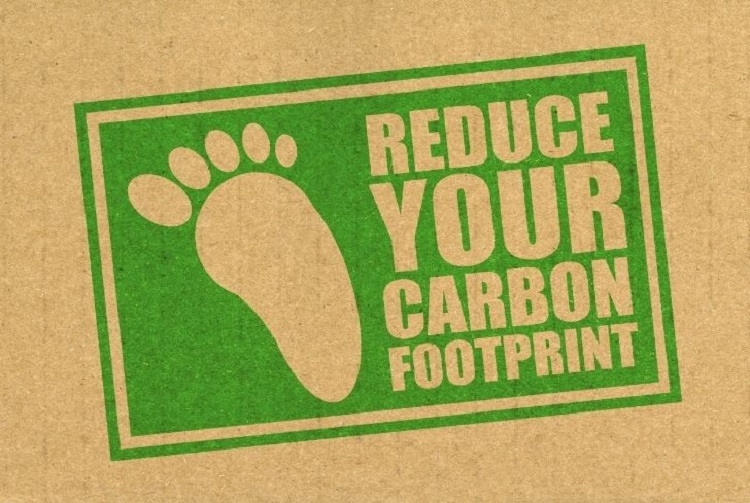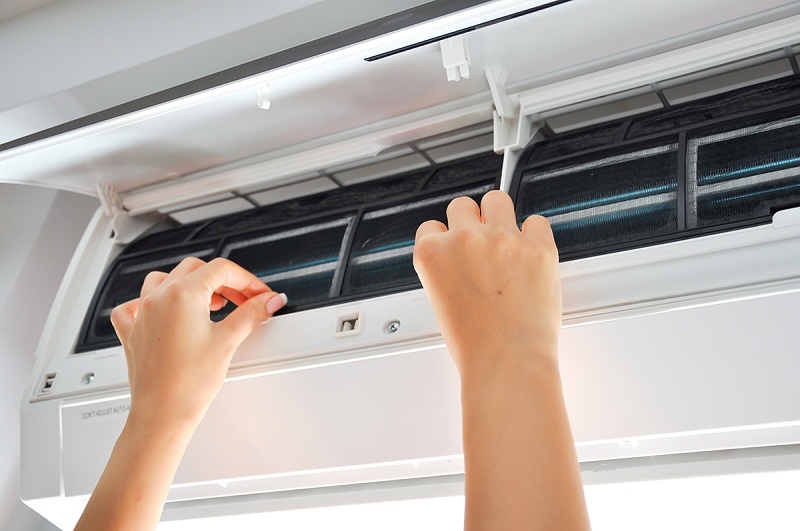Moving to a new home is an exciting opportunity, but it can also come with some stress and uncertainty, especially when it comes to energy efficiency. The process of moving can result in increased energy bills and have a significant environmental impact. In this article, we will explore tips for improving energy efficiency during a move, saving money, and reducing your carbon footprint.
Assessing Your Energy Usage
Before starting the moving process, it is essential to assess your current energy usage. Conducting an energy audit can help you identify areas where you can improve your energy efficiency. An energy audit involves examining your home’s current energy usage and identifying areas for improvement, such as energy-efficient lighting, air sealing, and insulation. An energy audit can help you prioritize areas where you can make changes to improve your energy efficiency and save money in the long run.
Planning for an Energy-Efficient Move
Planning for an energy-efficient move is critical to reducing your environmental impact and saving money. Choosing an eco-friendly moving company can help you reduce your carbon footprint during the move. Eco-friendly moving companies use biodiesel or electric-powered moving trucks and recycle or reuse packing materials. Selecting energy-efficient moving materials, such as packing peanuts made from cornstarch, can also help reduce waste and energy usage during a move. Planning for an energy-efficient move includes considering the time of day for your move, choosing the most efficient route, and reducing your overall carbon footprint.
Reducing Energy Usage Before Moving
Reducing your energy usage before moving is an excellent way to save money and reduce your carbon footprint. Unplugging electronics and appliances when they are not in use can help reduce standby energy usage. Switching to energy-efficient light bulbs can help reduce energy usage and save money on your energy bills. Installing low-flow showerheads and faucets can help reduce water usage and save money on water bills. Reducing your energy usage before moving can also help you identify areas where you can make improvements in your new home.
Packing for an Energy-Efficient Move
Packing for an energy-efficient move involves considering the materials you use and how you pack your belongings. Packing electronics and appliances properly can help protect them during the move and prevent damage, reducing the need for repairs or replacements. Choosing energy-efficient packing materials, such as biodegradable bubble wrap or packing peanuts made from cornstarch, can also help reduce waste and energy usage during a move. Packing clothes and linens in reusable storage containers instead of cardboard boxes can also help reduce waste and energy usage during a move.
Moving Day: Energy-Efficient Practices
On moving day, there are several energy-efficient practices you can implement to reduce your environmental impact and save money. Turning off lights and unplugging electronics when they are not in use can help reduce standby energy usage. Loading the moving truck efficiently can help reduce the number of trips required, reducing fuel usage and carbon emissions. Avoiding idling and speeding can also help reduce fuel usage and carbon emissions, saving you money on fuel costs.
Unpacking and Setting Up Your New Home
Unpacking and setting up your new home presents an opportunity to make energy
-efficient choices that can reduce your carbon footprint and save you money. Setting up energy-efficient appliances, such as refrigerators and washing machines, can help reduce your energy usage and save you money on energy bills. Installing a programmable thermostat can help you regulate your home’s temperature and reduce energy usage when you are not at home. Sealing air leaks can also help reduce energy usage and save you money on energy bills.
Incorporating Sustainable Habits into Your New Home
Incorporating sustainable habits into your new home can help you continue to reduce your environmental impact and save money on energy bills. Reducing water usage by installing low-flow showerheads and faucets and fixing leaks can help you conserve water and save money on water bills.
Conserving energy in the kitchen by using energy-efficient appliances, such as induction cooktops and convection ovens, can help reduce energy usage and save you money on energy bills. Creating a sustainable garden by planting native plants and using compost can help reduce your environmental impact and provide a source of fresh produce.
FAQs:
How can I find an eco-friendly moving company?
Look for moving companies that use biodiesel or electric-powered moving trucks and recycle or reuse packing materials.
What are some energy-efficient packing materials?
Biodegradable bubble wrap, packing peanuts made from cornstarch, and reusable storage containers are all energy-efficient packing materials.
How can I reduce water usage in my new home?
Installing low-flow showerheads and faucets, fixing leaks, and being mindful of water usage can all help reduce water usage in your new home.
What is a programmable thermostat, and how does it help with energy efficiency?
A programmable thermostat allows you to regulate your home’s temperature and reduce energy usage when you are not at home, saving you money on energy bills.
What are some energy-efficient appliances I can use in the kitchen?
Induction cooktops and convection ovens are energy-efficient appliances that can help reduce energy usage and save you money on energy bills.
Energy-Efficient Moving Made Easy
Moving to a new home can be a stressful and overwhelming experience, but it can also present an opportunity to make energy-efficient choices that can reduce your carbon footprint and save you money. Assessing your current energy usage, planning for an energy-efficient move, reducing energy usage before moving, packing for an energy-efficient move, implementing energy-efficient practices on moving day, unpacking and setting up your new home with energy-efficient appliances, and incorporating sustainable habits into your new home can all help reduce your environmental impact and save you money on energy bills. By taking these steps, you can make energy-efficient moving easy and enjoyable.




